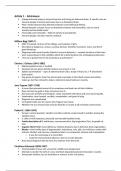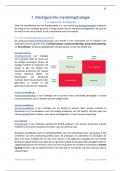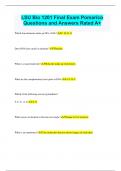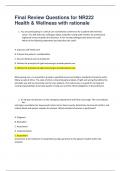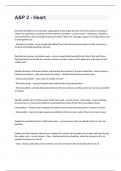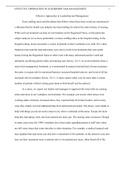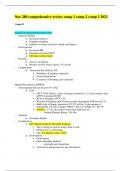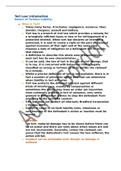Samenvatting
Introduction to Forensic Psychology - Summary, Tilburg University
- Instelling
- Tilburg University (UVT)
A summary of the course Introduction to Forensic Psychology. The summary consists of the lectures given and the articles. If you have any questions, you can message me :)
[Meer zien]
